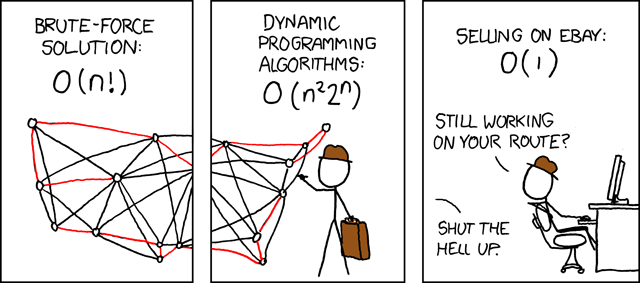Network Traffic Modeling Approaches
The greatest value of a picture is when it forces us to notice what we never expected to see. - John Tukey
Network Engineer
The greatest value of a picture is when it forces us to notice what we never expected to see. - John Tukey
An expert is a person who has made all the mistakes that can be made in a very narrow field. - Niles Bohr
The Median Isn’t the Message - Stephen Jay Gould
Two roads diverged in a wood, and I–I took the one less traveled by, And that has made all the difference.- Robert Frost
